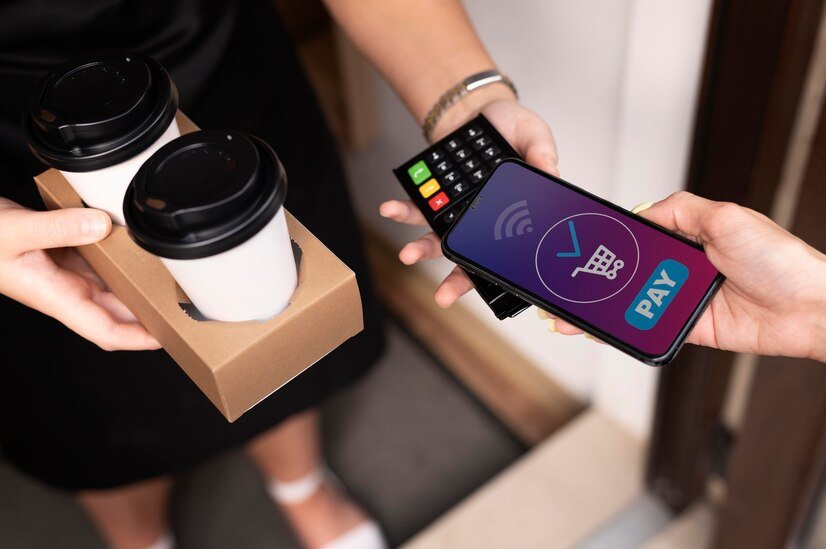In recent years, how we handle transactions has undergone a seismic shift, largely thanks to Near Field Communication (NFC) technology. This innovative solution has transformed the landscape of payment systems, enabling seamless and secure contactless transactions. As more consumers and businesses embrace this technology, it’s essential to explore how NFC is revolutionizing the way we pay and what this means for the future of commerce.
What is NFC Technology?
NFC is a short-range wireless communication technology that allows devices to exchange data when they are close to each other—typically within a few centimetres. Unlike traditional payment methods that require physical contact or swiping, NFC enables users to make payments by simply tapping their smartphones or smartwatches at a payment terminal. This speeds up the transaction process and enhances convenience for both consumers and merchants.
The Evolution of Payment Methods
Historically, payment methods have evolved from cash and checks to credit and debit cards. The introduction of mobile wallets and contactless cards marked another significant advancement, but NFC technology takes it a step further. According to a report from the Global Payment Report, contactless payments are expected to account for nearly half of all card transactions by 2025, a testament to the growing popularity of NFC.
Benefits of NFC Contactless Payments
- Convenience: The most immediate benefit of NFC payments is convenience. Users can leave their wallets at home and transact using their smartphones. This is particularly useful in busy environments, such as public transport or retail stores, where time is of the essence.
- Speed: NFC payments are generally faster than traditional methods. With just a tap, the transaction is completed in seconds, significantly reducing wait times at checkout counters.
- Security: NFC technology is designed with security in mind. Transactions are encrypted, and the short range of communication minimizes the risk of data interception. Many mobile payment systems also employ biometric authentication, such as fingerprint scanning, adding another layer of security.
- Hygiene: The COVID-19 pandemic accelerated the shift toward contactless payments as consumers became more conscious of hygiene. NFC technology allows for transactions without physical contact, reducing the spread of germs.
The Growing Adoption of NFC Payments
The adoption of NFC technology has been rapid. Major tech companies like Apple, Google, and Samsung have integrated NFC capabilities into their smartphones, making them accessible to millions of users. Retailers have also quickly adapted their point-of-sale systems to support contactless payments. According to a survey by Statista, over 60% of consumers are now using contactless payments, highlighting a significant shift in consumer behaviour.
Challenges and Considerations
Despite its advantages, the rise of NFC technology is challenging. Some consumers still need to be morete to adopt mobile payment systems due to concerns about security and privacy. Education is critical; businesses need to inform customers about the safety features of NFC payments to build trust.
Moreover, the infrastructure for NFC payments must continue to evolve. While many urban areas have embraced contactless payment systems, rural regions and small businesses may need to catch up. Ensuring widespread access and acceptance of NFC technology is crucial for its continued growth.
The Future of NFC Payments
The future of NFC technology in the payments landscape looks promising. As 5G networks expand and mobile devices become even more integrated into our daily lives, we can expect NFC to play a significant role in various sectors beyond retail—such as transportation, healthcare, and event management. For instance, NFC could streamline ticketing processes for public transport, allowing riders to tap their phones to enter stations effortlessly.
Additionally, NFC can enhance loyalty programs and marketing strategies. Retailers can use NFC tags to offer personalized discounts or promotions, creating a more engaging consumer shopping experience.
Conclusion
NFC technology revolutionises contactless payments, offering unparalleled convenience, speed, and security. As adoption grows and infrastructure improves, NFC is poised to become the standard for transactions in our increasingly digital world. By embracing this technology, consumers and businesses alike can easily navigate the future of commerce, paving the way for a seamless and efficient payment experience. The rise of NFC is not just a trend; it’s a fundamental shift shaping the future of how we pay.

















































